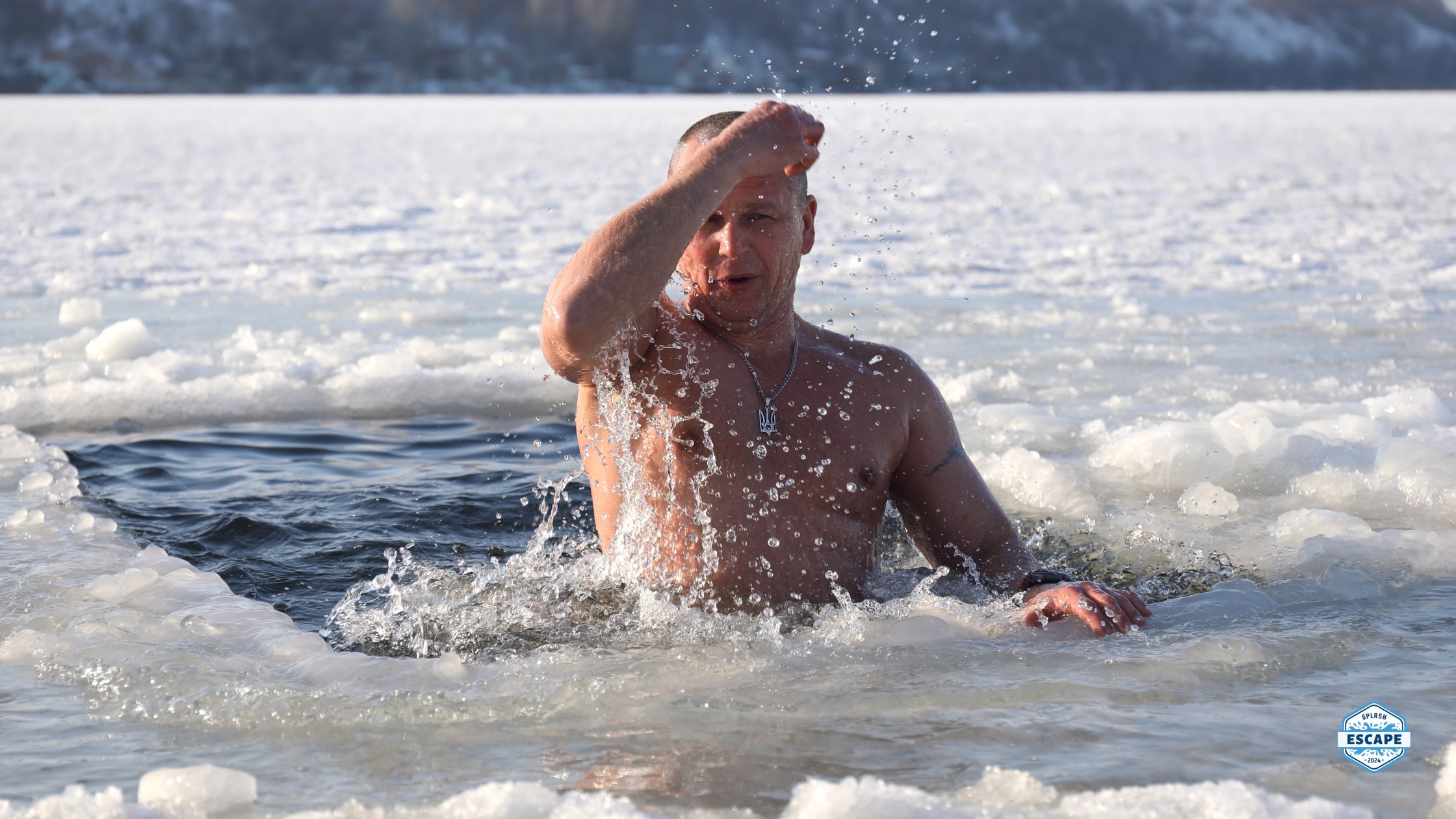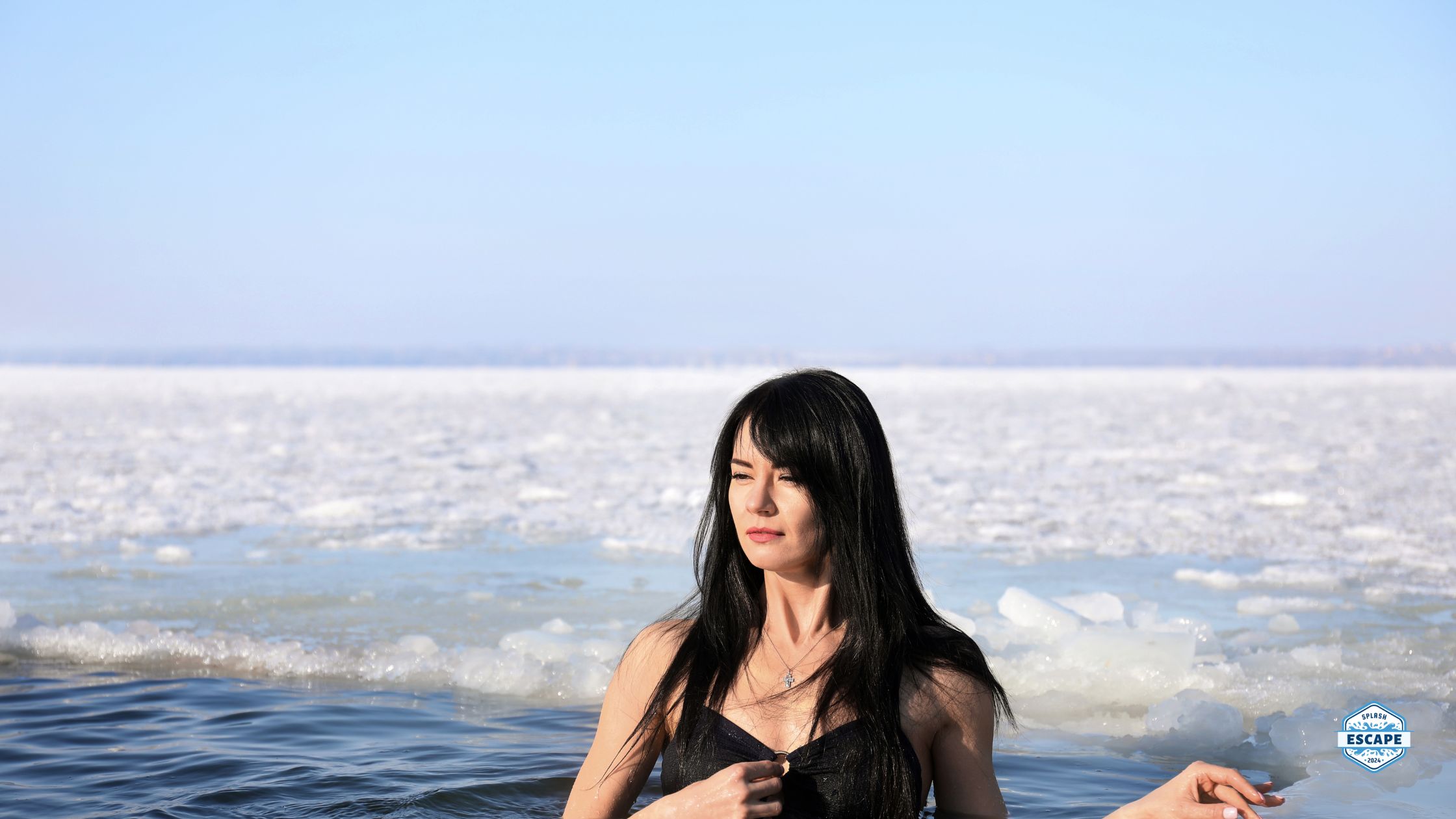
Fast and free delivery australia wide
Ever wonder how big suppliers like Lidcombe Ice & Mr Iceman make ice?
Ice-making in factories is a complex yet fascinating process. These industrial ice machines are designed to produce large quantities of ice efficiently and reliably. Whether you’re running a commercial business or need substantial ice production for any purpose, understanding the ice-making process in factories can be highly beneficial.
To understand how ice is made in factories, it’s essential to first familiarise yourself with the key components of an ice making plant. These include:
The refrigerant is crucial in the ice-making process. It cools the water in two steps. Initially, water is cooled by coming into contact with a low-temperature environment. Next, the water passes through a secondary cooling circuit, often involving a brine solution. This method ensures rapid freezing and efficient ice production.
The electric box houses multiple relays, contactors, PLC controllers, and solenoid valves. These components make the system safer, more reliable, and easier to maintain compared to traditional circuit boards. The electric box plays a pivotal role in regulating the flow and pressure of the refrigerant.
The porous tank operates on the principle of circulation. Water is pumped into the reservoir through a replenishment valve and passes through a flow control valve to a diverter head, which sprays water onto the ice surface. The water is then cooled to freezing point, and the evaporating water flows back to the reservoir, ensuring a continuous supply.
Making ice in a commercial ice machine is far more efficient than the household method. These machines can produce between 1,100 kg and 4,500 kg of ice per day. Here’s how it works:
Ice is produced on vertically suspended, double-walled cylindrical evaporators. This design utilises the entire evaporator surface, maximising heat exchange efficiency. Chilled water is continually recirculated over the inner and outer surfaces of the evaporator, ensuring thorough cooling.
Ice-making water is pumped from a stainless steel sump and flows onto the evaporator surfaces via simple tubed water distributors. This ensures even coverage and efficient ice formation.
The freezing period is controlled by a repeating cycle timer. Once the ice reaches the desired thickness, hot gas from the compressor is introduced into the annular space, breaking the ice bond from the evaporator surface. Concentric circles of ice are then released into the ice breaker/crusher assembly.
The rotation of the ice breaker delivers the ice across a grid and discharges it into the storage bin or bunker. This continuous operation ensures a steady supply of ice without the need for a harvest cycle.
In an ice making plant, a scraper mechanism is used to remove melted ice from the inner surface of a cylindrical vessel. These devices have sharp edges and are mounted at right angles to the cylindrical vessel. They can also be equipped with deflector plates that direct melted ice away from the centre and into the hopper, preventing the ice from being compacted and ensuring efficient collection.
Block ice makers use galvanised iron moulds filled with water, which are submerged in a secondary coolant like sodium or calcium chloride. The size and thickness of the ice blocks can be adjusted depending on their intended use, ranging from 1mm to 15mm in thickness and weighing between five to fifty kilograms.





